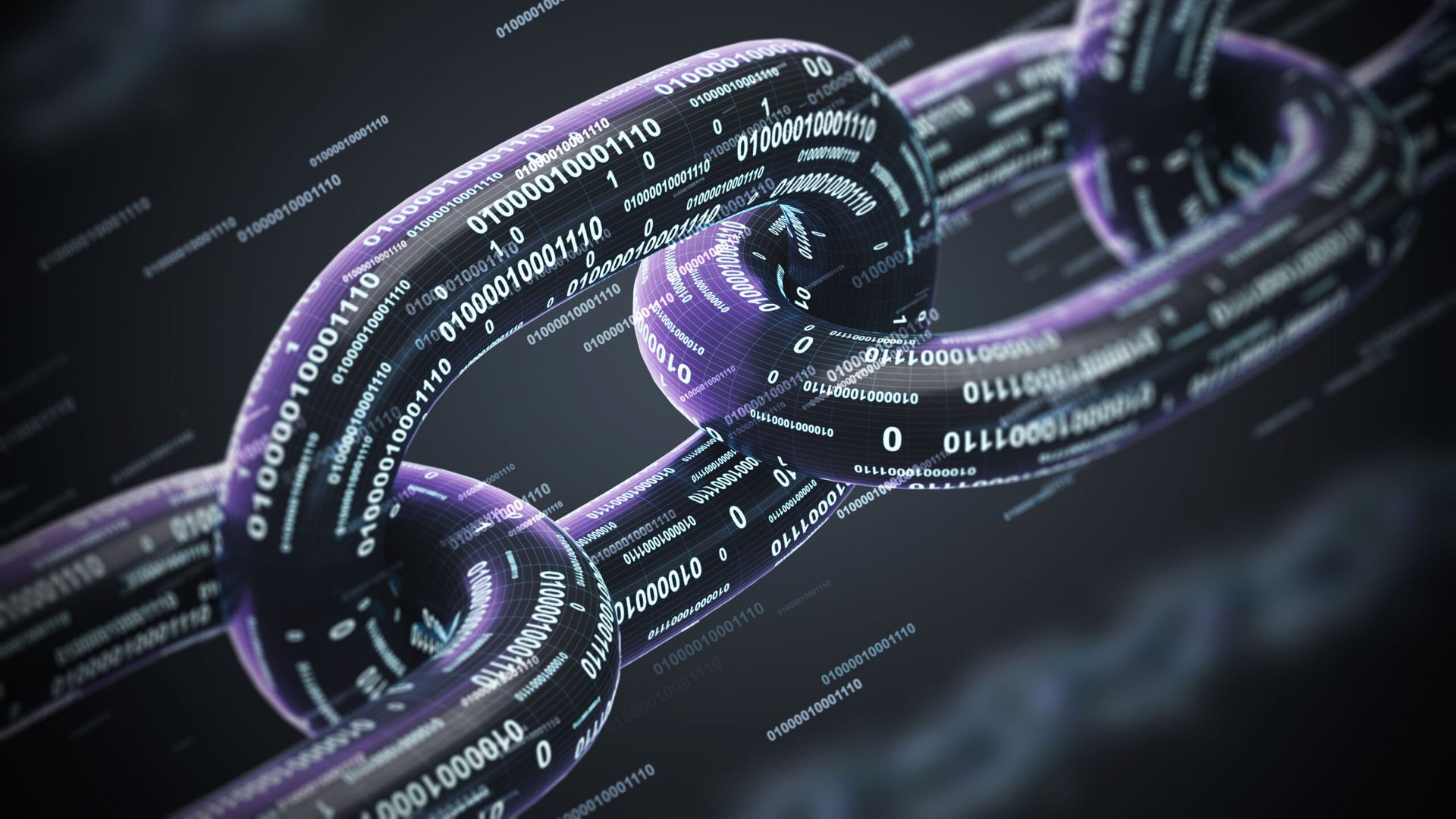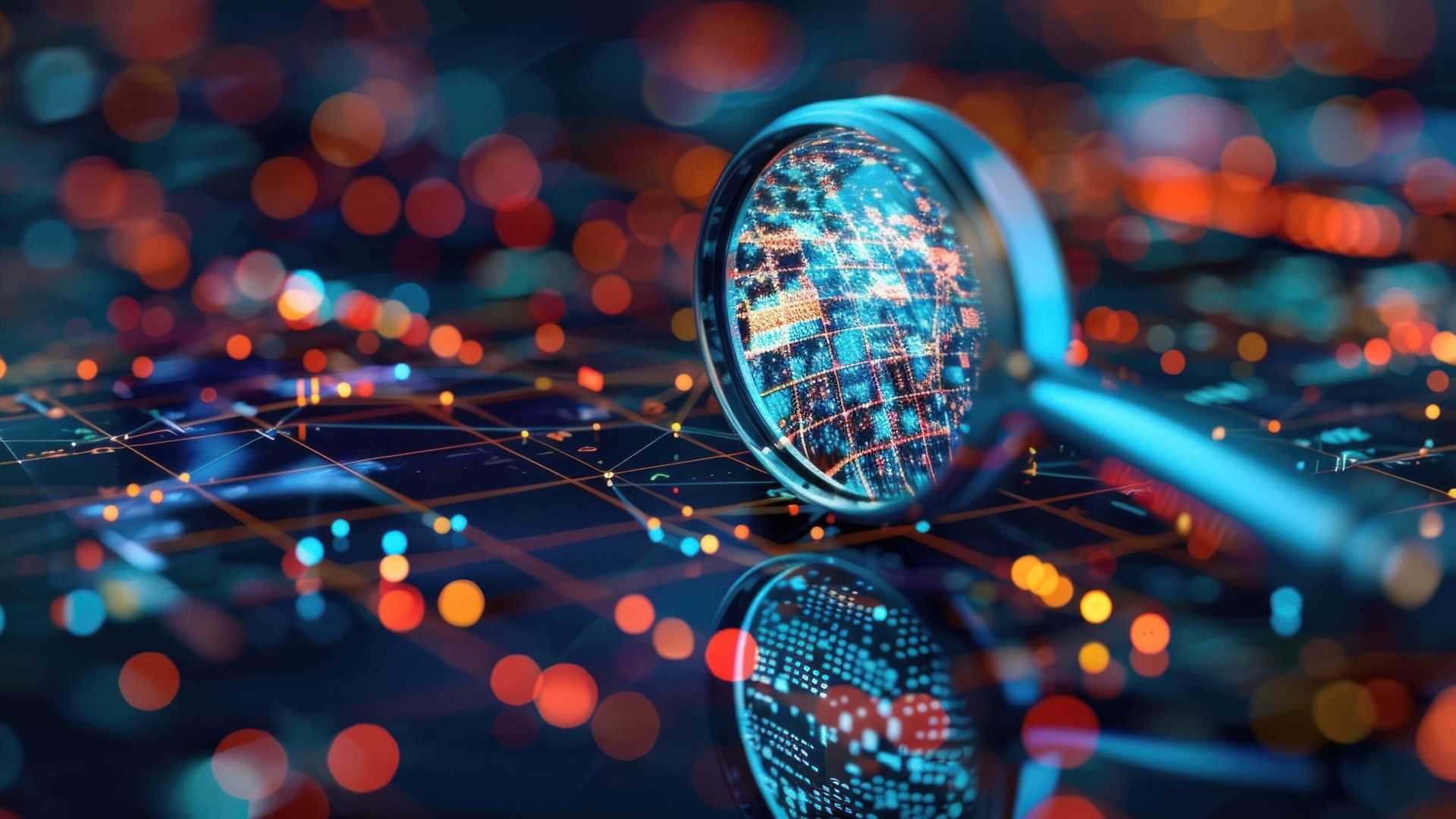In an era where technology advances at breakneck speed, the corporate world finds itself facing an evolving and insidious threat: deepfakes.
These synthetic media creations, powered by artificial intelligence (AI) algorithms, can convincingly manipulate audio, video, and even text, posing significant risks to businesses, their reputation, and their security.
To safeguard against this emerging menace, a forensic approach is essential.
Understanding Deepfakes
“Deepfake” is a term used to describe a type of synthetic media that is created or manipulated using artificial intelligence (AI) and deep learning algorithms. The term "deepfake" is a combination of "deep learning" and "fake." Deep learning is a subset of machine learning that involves training artificial neural networks to perform specific tasks, such as image or speech recognition.
Deepfake technology is primarily associated with the manipulation of audio and video content, although it can also be applied to text. It allows for the creation of highly convincing and often indistinguishable fake content by superimposing one person's likeness and voice onto another person's image or video. Deepfake technology has been used in various real-world scenarios, raising concerns about its potential for misinformation and deception.
For instance, a deepfake video of former President Barack Obama was manipulated to make it seem like he was delivering a speech using synthetic audio and video. In the entertainment industry, deepfake technology has been used to recreate deceased actors for film or commercial purposes.
For example, a deepfake version of actor James Dean was used in a Vietnamese commercial. Deepfake content has been circulated on social media and news platforms, contributing to the spread of fake news and disinformation. This can include fabricated speeches, interviews, or events involving public figures. Deepfake technology has been exploited to create explicit content featuring individuals without their consent. This content is often used for harassment, revenge, or extortion.
These examples illustrate the versatility of deepfake technology and the potential risks associated with its misuse. As a result, there is growing concern about the need for effective detection and countermeasures to address the potential negative consequences of deepfake manipulation in various contexts.
Here are some key aspects of deepfake technology:
- Face swapping. Deepfake algorithms can replace the face of a person in a video with the face of another individual, making it appear as though the second person is speaking or acting in the video.
- Voice cloning. Deepfake technology can replicate a person's voice by analyzing their speech patterns and using AI to generate new audio recordings in that person's voice.
- Realistic visuals. Deepfake videos are known for their high degree of realism, with facial expressions, movements, and lip-syncing that closely resemble the original subject.
- Manipulated text. While less common, deepfake technology can also be used to generate fake text content that mimics an individual's writing style or produces fictional narratives.
- Misinformation and deception. Deepfakes have the potential to spread misinformation, deceive people, and create convincing fake content for various purposes, both benign and malicious.
Implications for Corporations
- Reputation damage. Corporations invest years in building their brand and reputation. Deepfake videos or audio recordings featuring corporate leaders making controversial statements can have devastating consequences.
- Financial fraud. Deepfakes can be used to impersonate executives, leading to fraudulent requests for funds, confidential information, or financial transactions.
- Misleading stakeholders. Shareholders, employees, and customers can be misled by deepfake communications, potentially affecting stock prices and trust in the organization.
- Industrial espionage. Competitors or malicious actors may use deepfakes to obtain confidential information or trade secrets.
Mitigating Deepfake Threats: A Forensic Approach
- Awareness and education. The first line of defense against deepfakes is to educate employees, executives, and stakeholders about the existence and potential risks associated with deepfake technology. Training programs should include guidance on recognizing deepfake content.
- Digital forensics expertise. Corporations should invest in digital forensics experts who specialize in deepfake detection and investigation. These professionals can conduct in-depth analyses of suspicious media to identify inconsistencies, artifacts, or signs of manipulation.
- Advanced detection tools. Employ state-of-the-art deepfake detection tools and software. These solutions utilize machine learning algorithms to identify patterns and anomalies indicative of deepfake content.
- Metadata analysis. Digital forensics experts can examine metadata and file properties to trace the origin of deepfake content. This can help identify potential sources of threats.
- Secure communication channels. Encourage the use of secure communication channels, such as encrypted video conferencing and messaging platforms, to reduce the risk of deepfake attacks during virtual meetings.
- Authentication protocols. Implement strong authentication protocols for sensitive financial transactions and communications, ensuring that only authorized personnel can initiate such actions.
- Incident response plan. Develop a comprehensive incident response plan that outlines steps to take in case of a deepfake incident. Timely action can minimize damage.
- Legal recourse. Be prepared to pursue legal action against those responsible for creating and disseminating deepfake content with malicious intent. Consult with legal experts experienced in cybercrimes.
Conclusion
Deepfake threats in the corporate world are a reality that cannot be ignored. As AI technology continues to advance, so too will the sophistication of deepfake attacks. A proactive and forensic approach to mitigating these threats is essential for corporations to protect their reputation, assets, and stakeholders.
By raising awareness, investing in digital forensics expertise, utilizing advanced detection tools, and implementing security measures, corporations can significantly reduce their vulnerability to deepfake attacks. Furthermore, a robust incident response plan and the ability to pursue legal action, when necessary, can serve as a deterrent to potential threat actors. In this digital age, corporate resilience against deepfake threats is a vital component of modern cybersecurity.
Blog courtesy of AT&T Cybersecurity. Regularly contributed guest blogs are part of MSSP Alert’s sponsorship program.




